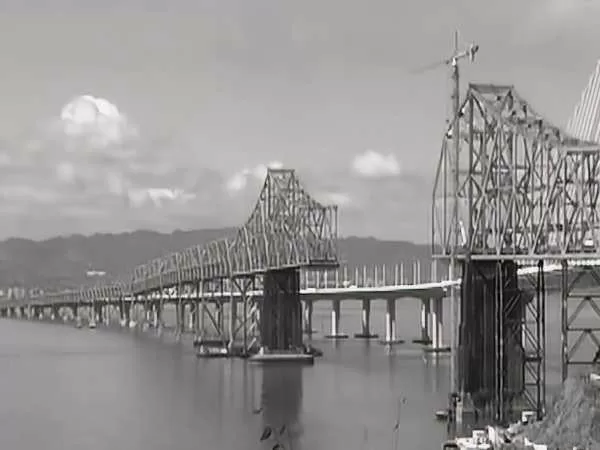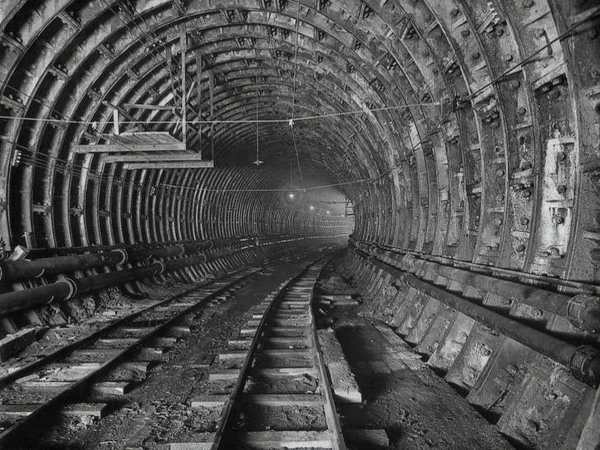Two iconic structures, born decades apart, stand as testaments to human ingenuity and engineering prowess: the Holland Tunnel and the Bay Bridge. These engineering marvels, one beneath the Hudson River and the other soaring over the San Francisco Bay, have shaped transportation and connected cities in profound ways.
The Holland Tunnel: A Pioneer of Undersea Travel
Opened on November 12, 1927, the Holland Tunnel was a groundbreaking achievement. This twin-tube marvel stretches over 8,000 feet beneath the Hudson River, linking New Jersey to New York City. Unlike many structures named after politicians, the Holland Tunnel honors its chief engineer, Clifford Holland, a pioneer in tunnel ventilation systems.
Constructing a tunnel of this magnitude presented immense challenges. The engineers had to overcome the daunting task of digging through soft riverbed soil while ensuring adequate ventilation to handle the exhaust fumes of the burgeoning automobile industry. The Holland Tunnel stands as a testament to their innovative solutions, making it a vital artery for transportation and commerce.

The Bay Bridge: A Soaring Symphony of Steel
Just nine years after the Holland Tunnel’s opening, on November 12, 1936, the Oakland Bay Bridge unveiled its grandeur. Stretching 4.46 miles across the San Francisco Bay, this double-decker bridge connected Oakland to San Francisco, transforming transportation in the region.
The bridge is a marvel of engineering complexity. It’s actually two bridges connected by a tunnel through Yerba Buena Island. The western half boasts suspension bridges, while the eastern half is a complex combination of cantilever, truss, and causeway sections.
Despite its impressive design, the Bay Bridge has faced its share of challenges. The 1989 Loma Prieta earthquake inflicted severe damage, leading to a collapse of a section of the upper deck. Though the bridge reopened a month later, the incident underscored the importance of ongoing maintenance and seismic retrofitting.
Building Your Own Structures: A Hands-On Approach
Inspired by these engineering feats? Why not try your hand at building your own structures? Construct a paper bridge capable of holding 100 pennies, or challenge yourself to build a popsicle stick bridge that can support your weight. For younger builders, creating a sand tunnel or experimenting with toy vehicles in a plastic tube can be equally fun and educational.
While building real-world tunnels and bridges on this scale is undoubtedly complex, educational resources like the virtual tunnel building activity on PBS can provide a fascinating glimpse into the world of engineering.
The Holland Tunnel and the Bay Bridge stand as enduring symbols of human ingenuity and determination. Their stories inspire us to push the boundaries of engineering and continue to innovate for future generations.

